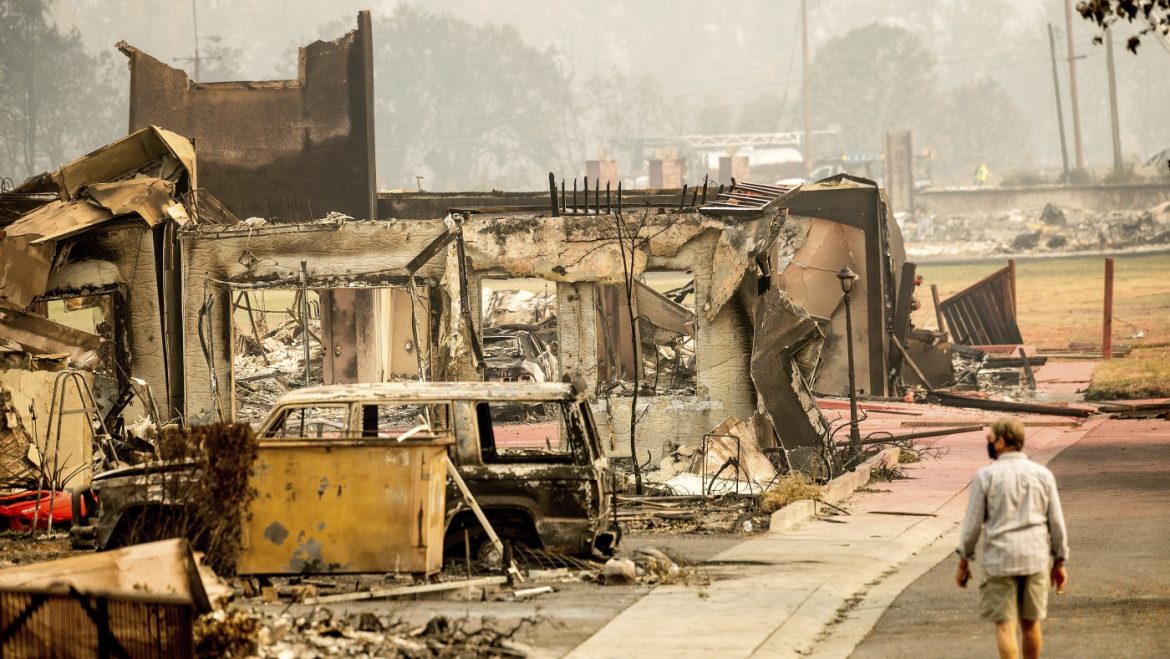Introduction: FEMA’s Struggle Between Reform and Political Turbulence
The Federal Emergency Management Agency (FEMA), charged with responding to natural disasters and assisting affected communities, has long struggled to fulfill its mission effectively. Recent efforts to remedy these longstanding failings, particularly under the Biden administration, have shown promise. Yet, the Trump administration’s interventions signal a complicated and contentious pivot, placing these reforms—and FEMA’s future—at grave risk. Exploring this turbulent timeline reveals a critical clash between the ideal of a robust federal disaster response and the reality of political reshuffles, staff cuts, and shifting agency philosophies.
FEMA’s Historical Challenges and the Push for Reform
Historically, FEMA has been criticized for systemic problems, including slow responses, inadequate aid distribution, and failure to assist the most vulnerable populations equitably after disasters. These issues erode public trust and exacerbate post-disaster suffering, especially in marginalized and rural communities.
The Biden-era reforms aimed to address these core problems through:
– Increasing equity in disaster assistance
– Streamlining assistance delivery
– Bolstering support for rural and underfunded areas
– Restoring agency morale with leadership focused on FEMA’s core mission
These steps appeared to revitalize FEMA at a moment when climate change intensifies disaster frequency and severity, increasing the moral and logistical imperative for effective federal oversight.
The Trump Administration’s Controversial Approach
Contrasting starkly, the Trump administration pursued a series of disruptive policies that have destabilized FEMA’s recent progress:
Leadership Upheaval
– Dismissal of Cameron Hamilton, FEMA’s acting administrator, just before hurricane season, following his defense of the agency’s necessity.
– Replacement by David Richardson, a former Marine officer without emergency management experience.
– Multiple subsequent leadership changes destabilizing agency continuity during critical disaster periods.
Budget Cuts and Staff Reductions
– Extensive layoffs, including over 200 experienced FEMA staff.
– Cancellation and freezing of grants previously approved to fix infrastructure in rural and disaster-affected communities.
– Cuts sharply reduced operational capacity just as wildfire, hurricane, and tornado seasons intensified.
Philosophical Shifts and Policy Changes
– Presidential rhetoric advocating for FEMA’s elimination or substantial downsizing, proposing instead to channel disaster funds directly to states.
– Roll-back of equity-centered programs aimed at addressing longstanding aid disparities among communities.
– Reduced transparency and communication, as seen when disaster relief approvals bypassed traditional FEMA advisories to the White House.
– Increasing obstacles to aid qualification keeps states waiting weeks or months, compounding recovery delays.
The cumulative impact has been described by experts as chaos and confusion, undermining FEMA’s ability to function as “the nation’s critical safety net in times of disaster.”
Consequences for Disaster-Stricken Communities
The disruption in FEMA’s functioning has rippled outward with tangible consequences:
– Rural and disadvantaged communities awarded grants under Biden initiatives face delays or cancellations, stalling vital infrastructure repairs.
– States recovering from recent disasters, such as Arkansas tornadoes evaluated at $11.6 million in damages, encounter bureaucratic logjams causing aid delays.
– Essential disaster response coordination weakens just as climate-exacerbated weather events grow in frequency and intensity, creating a dangerous mismatch between need and capacity.
– Political conflicts over FEMA weaken public confidence in federal disaster support precisely when clear leadership is most essential.
Calls for Structural Change and Agency Independence
Amid this turmoil, experts suggest that FEMA’s difficulties are compounded by its status within the larger Department of Homeland Security, branding it a “big, behemoth organization.” Proposals include:
– Establishing FEMA as an independent, neutral agency, akin to the FBI, creating insulation from political vicissitudes.
– Strengthening leadership with personnel experienced in emergency management.
– Ensuring stable and adequate funding dedicated to disaster preparedness, response, and equitable recovery.
However, such changes remain politically fraught, given the divergent views on FEMA’s role among policymakers.
Conclusion: At a Crossroads Between Erosion and Renewal
FEMA stands at a precarious junction. On one side is a legacy of persistent failings and unmet needs long overdue for reform. On the other is a current period marked by political interference, leadership upheavals, and crippling budget cuts that threaten to unravel decades of emergency management progress. The agency’s capacity to protect millions in their moments of greatest need depends on surviving this storm of changes and reasserting itself as both a stabilizing federal presence and an adaptable, equitable disaster responder.
The future of FEMA will largely be shaped by whether it can transcend partisan battles to become a resilient, well-supported agency—ready not just to respond to disasters, but to prevent the inequalities and slow recoveries that have too often defined America’s disaster experiences. The stakes extend beyond institutional politics; they encompass the safety and recovery of countless American lives when calamity strikes next.


